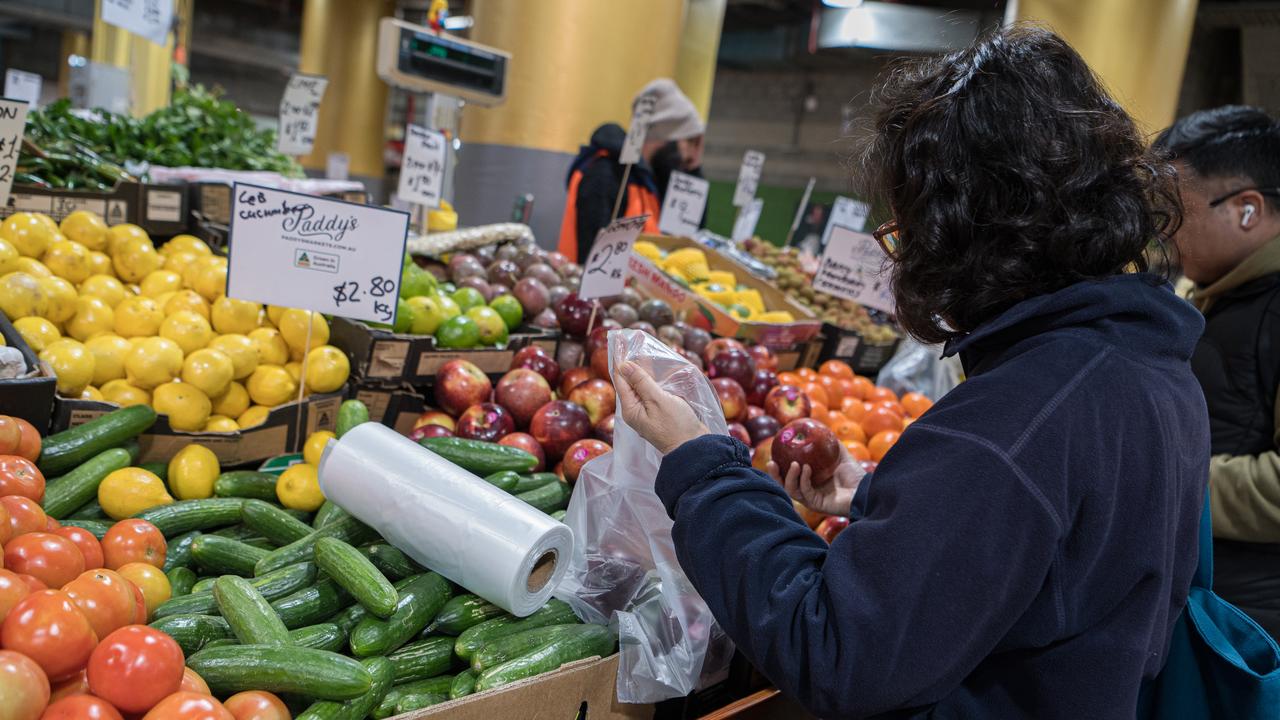
Borrowers will be holding out hope for evidence of headway on inflation when official monthly figures land.
Economists expect the headline inflation figure for November to tick a little higher from 2.1 per cent in October, but stay within the Reserve Bank of Australia’s two per cent to three per cent target band.
Despite the central bank putting less emphasis on the monthly numbers compared with the full quarterly version, which is due later in January, Wednesday’s release should attract plenty of attention as the Labor government shifts into election mode.
With voters feeling the squeeze from elevated inflation and the higher interest rates needed to squash it, the major parties have been sharpening their economic narratives.
Treasurer Jim Chalmers said his government had been focused on fighting inflation and rolling out cost‑of‑living help.

“The coalition left us with inflation with a six in front of it, but now it has a two in front of it,” he said.
The opposition maintains living standards have been falling under Labor and shadow treasurer Angus Taylor has promised a path to sustained growth in real incomes with “business leading the way”.
While the annual headline inflation rate has held between the RBA’s target band since August, the central bank has been cautious about cutting interest rates.
It has been focused on underlying measures of inflation, which better account for the influence of electricity subsidies and other temporary or volatile factors.
The all-important trimmed mean has been moderating but the 3.5 per cent annual lift in the September quarter remains too high, in the RBA’s assessment.
Commonwealth Bank expects the annual trimmed mean measure to tick down a touch to 3.4 per cent in November, while the headline increases to 2.6 per cent.
Bank economist Stephen Wu said the combination of the solid lift in the headline and a weaker underlying inflation result stemmed from the gradual unwind of electricity rebates.
“This unwind will occur through to July 2025, as currently legislated,” he said.
CBA is still tipping a February start for interest rate cuts, on the proviso underlying inflation moderates more quickly than the RBA expects.
Economists and financial markets broadly expect easing to start in the first half of 2025.
This post was originally published on Michael West.